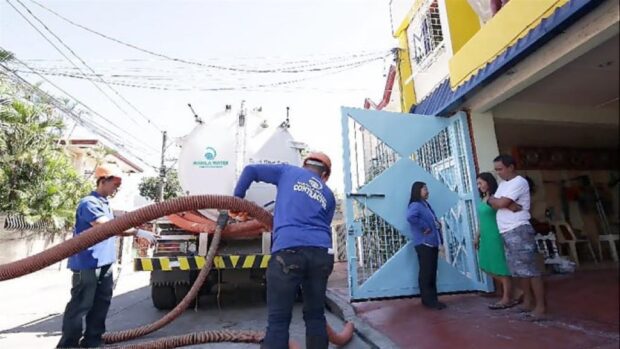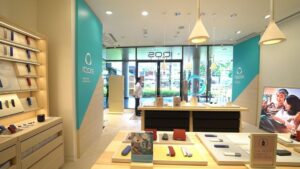
Manila Water urges customers to take advantage of its desludging service in July at no additional cost. Siphoning septic tanks every five years can prevent toilets from overflowing, especially during the rainy season. (Contributed photo)
Clogging in the toilet during heavy rains could indicate an overflowing septic tank. To avoid this inconvenience and protect public health, Manila Water continues to roll out its siphoning trucks and reminding its customers to avail of July’s desludging service at no additional cost.
Manila Water customers residing in 764, 765, 767, 769, 775, 776, 778, 790, 791, 796, 798, 877, 878, 879, 880, 895, and 900 in the City of Manila will have the opportunity to have their septic tanks siphoned this month. Likewise, barangays CEMBO, Bangkal, Guadalupe Viejo, and Kasilawan in Makati City and barangays Kabayanan, Batis, and Salapan in San Juan City should also prep their septic tanks for desludging.
This month’s desludging caravan will also visit barangays Krus na Ligas, UP Campus, Roxas, East Kamias, Silangan, and Tandang Sora in Quezon City; barangays Barangka Drive, Barangka Itaas, Barangka Ilaya, Harapin ang Bukas, San Jose, and Pleasant Hills in Mandaluyong City; barangays Dela Paz, Santa Lucia, and Bagong Ilog in Pasig City and Barangay South Signal in Taguig City.
In Rizal Province, barangays Mahabang Parang in Angono; Santo Domingo, San Juan, Beverly Hills, Mambugan, San Isidro in Cainta; Dolores in Taytay; Bilibiran in Binangonan; and Burgos, San Isidro, and San Jose in Montalban should also expect Manila Water desludging tanks in their areas this July.
Residents in these communities are advised to coordinate with their barangay offices to arrange their specific desludging schedules.
Manila Water also assures its customers that septage from the desludging activity undergoes a stringent process that complies with the regulatory standards set by the Department of Environment and the Laguna Lake Development Authority’s DAO 2021–19, which sets new parameters for bio-nutrient removal.
The septage is brought to its two septage treatment plants: the North Septage Treatment Plant in San Mateo and the South Septage Treatment Plant in FTI Taguig. The two facilities can treat up to 83 million liters of wastewater per day.
Effluent from these treatment plants is tested to ensure that it is considered “Class C” which, according to the Department of Environment and Natural Resources, is safe for recreational water activities and marine life.


